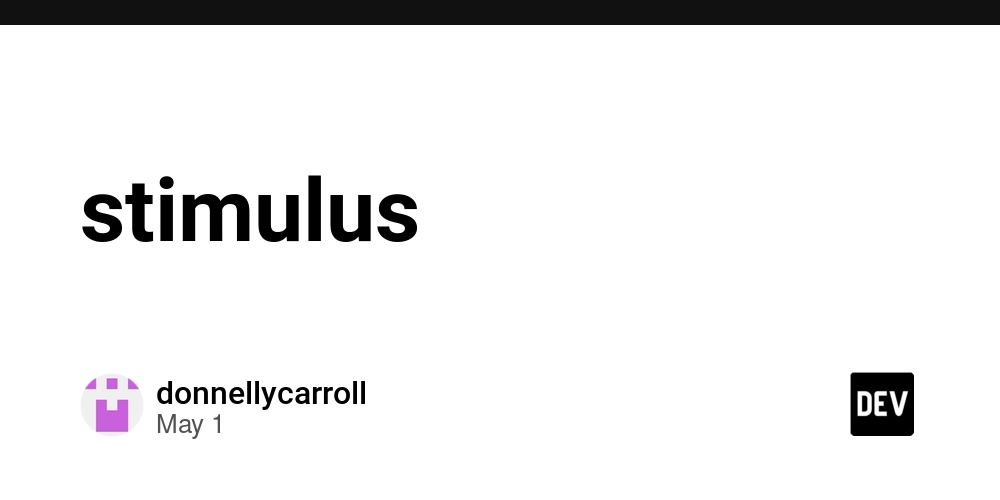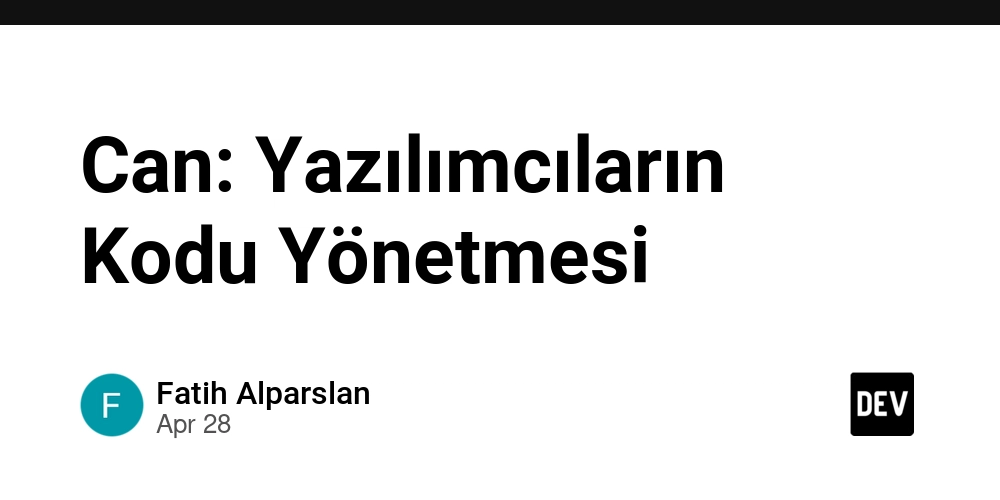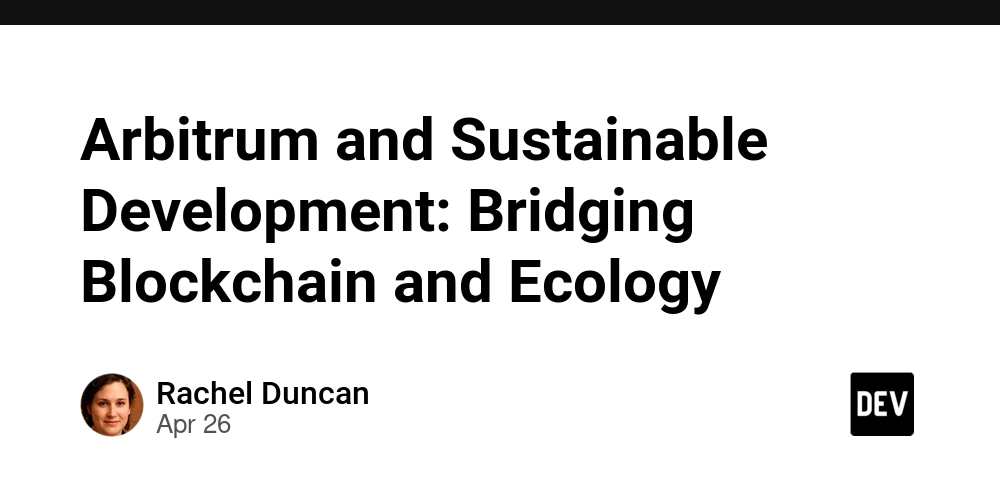How to keep toxicity out of agile teams for project success
During the daily stand-up, Ana, the team's backend developer, barely speaks. Every time she proposes a solution, she is interrupted by Marco, the technical architect, who dismisses her ideas with phrases like "that won't work" or "you don't have enough context." The rest of the team remains silent, fearing they might become the next target. Although the team uses Scrum and goes through the motions, collaboration has been fading. Morale is low, and the last sprint closed with more incomplete tasks than ever. This is a clear example of toxicity in an agile environment. What's worse is that these behaviors often go unidentified as toxic because they hide behind technical roles or hierarchies. But the impact is profound: teams that should be collaborative, adaptable, and self-organizing end up stagnant, demotivated, and, in the worst cases, broken. We created this article to explain how to prevent and eliminate toxicity so that agile teams can reach their full potential. Understanding toxicity in agile teams Anything that damages a team's culture and affects the emotional health of its members can be classified as toxic, as it sabotages collaboration and normal workflow. In agile development, teams are expected to be autonomous, communicative, and adaptable, so anything that goes against this will affect the project's ultimate success. "Agile teams are made up of people. Agile prioritizes people and the interactions between them. A toxic team member, if left unchecked, can lead to low morale and productivity, or even destroy an agile team", they explained in an article on the Agile Alliance website. Common toxic behaviors: Micromanagement: impedes self-organization. Blame culture: paralyzes decision-making. Constant negativity: drains team morale. Lack of respect in meetings: blocks open dialogue. Isolation or lack of collaboration: disrupts agile workflow. Psychological safety must be promoted first Agile team members will feel psychologically safe to the extent they feel they can speak up, ask questions, or even make mistakes without fear of retaliation or humiliation. This is a concept promoted by Google in its study of successful teams. "However, a global survey conducted during the pandemic confirms that only a handful of business leaders regularly demonstrate the positive behaviors that can instill this climate, called psychological safety, in their workforce", noted a report by the firm McKinsey, revealing a worrying situation in the team landscape. How to foster this psychological safety? Establish from the start that all ideas are welcome. Thank those who dare to point out problems or mistakes. Model the behavior: As a leader, admit your own flaws. Make sure everyone has equal space to speak, especially during daily briefings and retrospectives. When psychological safety is present, trust flourishes, and with it, productivity. Define and reinforce agile team norms Agile teams not only need clear methodologies, but also rules of conduct that prevent destructive dynamics. These rules should be created and agreed upon jointly, ideally at the beginning of each sprint or project. Recommended standards: Listen without interrupting. Respect speaking time in meetings. Use clear and respectful tools like Slack or Jira. Resolve conflicts directly and professionally. These standards must align with the values of the Agile Manifesto: individuals and interactions, collaboration, response to change, and continuous delivery. It's not enough to simply define them; they must also be reviewed periodically and reinforced when they deviate. Encourage radical transparency and constructive feedback Radical transparency is a powerful weapon against toxicity, but it must be handled with maturity. In agile teams, it's essential to share what's working and what's not, but without resorting to destructive criticism or personal judgment. Useful practices: Implement regular feedback sessions, beyond retrospectives. Use the "Start, Stop, Continue" method to structure comments positively. Establish golden rules for feedback: focus on facts, avoid generalizations, and suggest solutions. A team that knows how to give and receive feedback in a healthy way evolves quickly and creates an environment of continuous improvement. Addressing problems early and with empathy One of the most common mistakes in managing agile teams is letting problems pile up. A difficult conversation put off can turn into a team crisis. The key is to intervene early, with empathy, and without assuming ill intent. Steps to address conflicts: Observe repetitive behaviors (interruptions, sarcasm, absenteeism). Schedule a one-on-one, private, non-confrontational conversation. Listen actively, ask questions before making assumptions. Describe the impact, not the intent. Co-create solutions and follow through on commitments. Invest in Agile Coaching and Emotional Inte

During the daily stand-up, Ana, the team's backend developer, barely speaks. Every time she proposes a solution, she is interrupted by Marco, the technical architect, who dismisses her ideas with phrases like "that won't work" or "you don't have enough context."
The rest of the team remains silent, fearing they might become the next target. Although the team uses Scrum and goes through the motions, collaboration has been fading. Morale is low, and the last sprint closed with more incomplete tasks than ever.
This is a clear example of toxicity in an agile environment. What's worse is that these behaviors often go unidentified as toxic because they hide behind technical roles or hierarchies.
But the impact is profound: teams that should be collaborative, adaptable, and self-organizing end up stagnant, demotivated, and, in the worst cases, broken.
We created this article to explain how to prevent and eliminate toxicity so that agile teams can reach their full potential.
Understanding toxicity in agile teams
Anything that damages a team's culture and affects the emotional health of its members can be classified as toxic, as it sabotages collaboration and normal workflow.
In agile development, teams are expected to be autonomous, communicative, and adaptable, so anything that goes against this will affect the project's ultimate success.
"Agile teams are made up of people. Agile prioritizes people and the interactions between them. A toxic team member, if left unchecked, can lead to low morale and productivity, or even destroy an agile team", they explained in an article on the Agile Alliance website.
Common toxic behaviors:
- Micromanagement: impedes self-organization.
- Blame culture: paralyzes decision-making.
- Constant negativity: drains team morale.
- Lack of respect in meetings: blocks open dialogue.
Isolation or lack of collaboration: disrupts agile workflow.
Psychological safety must be promoted first
Agile team members will feel psychologically safe to the extent they feel they can speak up, ask questions, or even make mistakes without fear of retaliation or humiliation. This is a concept promoted by Google in its study of successful teams.
"However, a global survey conducted during the pandemic confirms that only a handful of business leaders regularly demonstrate the positive behaviors that can instill this climate, called psychological safety, in their workforce", noted a report by the firm McKinsey, revealing a worrying situation in the team landscape.
How to foster this psychological safety?
- Establish from the start that all ideas are welcome.
- Thank those who dare to point out problems or mistakes.
- Model the behavior: As a leader, admit your own flaws.
- Make sure everyone has equal space to speak, especially during daily briefings and retrospectives.
When psychological safety is present, trust flourishes, and with it, productivity.
Define and reinforce agile team norms
Agile teams not only need clear methodologies, but also rules of conduct that prevent destructive dynamics. These rules should be created and agreed upon jointly, ideally at the beginning of each sprint or project.
Recommended standards:
- Listen without interrupting.
- Respect speaking time in meetings.
- Use clear and respectful tools like Slack or Jira.
- Resolve conflicts directly and professionally.
These standards must align with the values of the Agile Manifesto: individuals and interactions, collaboration, response to change, and continuous delivery. It's not enough to simply define them; they must also be reviewed periodically and reinforced when they deviate.
Encourage radical transparency and constructive feedback
Radical transparency is a powerful weapon against toxicity, but it must be handled with maturity. In agile teams, it's essential to share what's working and what's not, but without resorting to destructive criticism or personal judgment.
Useful practices:
- Implement regular feedback sessions, beyond retrospectives.
- Use the "Start, Stop, Continue" method to structure comments positively.
- Establish golden rules for feedback: focus on facts, avoid generalizations, and suggest solutions.
- A team that knows how to give and receive feedback in a healthy way evolves quickly and creates an environment of continuous improvement.
Addressing problems early and with empathy
One of the most common mistakes in managing agile teams is letting problems pile up. A difficult conversation put off can turn into a team crisis. The key is to intervene early, with empathy, and without assuming ill intent.
Steps to address conflicts:
- Observe repetitive behaviors (interruptions, sarcasm, absenteeism).
- Schedule a one-on-one, private, non-confrontational conversation.
- Listen actively, ask questions before making assumptions.
- Describe the impact, not the intent.
- Co-create solutions and follow through on commitments.
Invest in Agile Coaching and Emotional Intelligence training
Technical work is only one part of an agile team's success. Soft skills—communication, empathy, listening, self-regulation—are equally, if not more, important in preventing toxicity.
Two key investments:
Agile Coaching: An external coach can help identify negative dynamics that go unnoticed internally and facilitate improvement sessions.
“An Agile Coach is a key professional in the implementation and support of agile practices within organizations. Their role goes beyond simply teaching Scrum or Kanban; they focus on guiding teams toward an agile mindset, helping to improve communication, collaboration, and efficiency”, they explained in an article published by Scrum Mexico.
Emotional intelligence training: Improves each member's ability to manage stress, resolve conflicts, and work with others in a more humane manner.
“Employees with high emotional intelligence are more likely to remain calm under pressure, resolve conflicts effectively, and respond to their colleagues with empathy”, they noted in an article in Harvard Business School magazine.
These tools increase team maturity and strengthen an agile culture.
Conclusion
Eliminating toxicity isn't about controlling people, but rather creating an environment where everyone can grow, collaborate, and contribute their best. The key is to establish clear rules, promote psychological safety, address conflicts with empathy, and nurture human skills as well as technical ones.
An agile team without toxicity is more than just productive: it's resilient, innovative, and happy.































![[Free Webinar] Guide to Securing Your Entire Identity Lifecycle Against AI-Powered Threats](https://blogger.googleusercontent.com/img/b/R29vZ2xl/AVvXsEjqbZf4bsDp6ei3fmQ8swm7GB5XoRrhZSFE7ZNhRLFO49KlmdgpIDCZWMSv7rydpEShIrNb9crnH5p6mFZbURzO5HC9I4RlzJazBBw5aHOTmI38sqiZIWPldRqut4bTgegipjOk5VgktVOwCKF_ncLeBX-pMTO_GMVMfbzZbf8eAj21V04y_NiOaSApGkM/s1600/webinar-play.jpg?#)






































































































































![[The AI Show Episode 145]: OpenAI Releases o3 and o4-mini, AI Is Causing “Quiet Layoffs,” Executive Order on Youth AI Education & GPT-4o’s Controversial Update](https://www.marketingaiinstitute.com/hubfs/ep%20145%20cover.png)


































































































































































































































































































































































-xl.jpg)











![Google Home app fixes bug that repeatedly asked to ‘Set up Nest Cam features’ for Nest Hub Max [U]](https://i0.wp.com/9to5google.com/wp-content/uploads/sites/4/2022/08/youtube-premium-music-nest-hub-max.jpg?resize=1200%2C628&quality=82&strip=all&ssl=1)














![New Hands-On iPhone 17 Dummy Video Shows Off Ultra-Thin Air Model, Updated Pro Designs [Video]](https://www.iclarified.com/images/news/97171/97171/97171-640.jpg)
![Apple Shares Trailer for First Immersive Feature Film 'Bono: Stories of Surrender' [Video]](https://www.iclarified.com/images/news/97168/97168/97168-640.jpg)






































































































